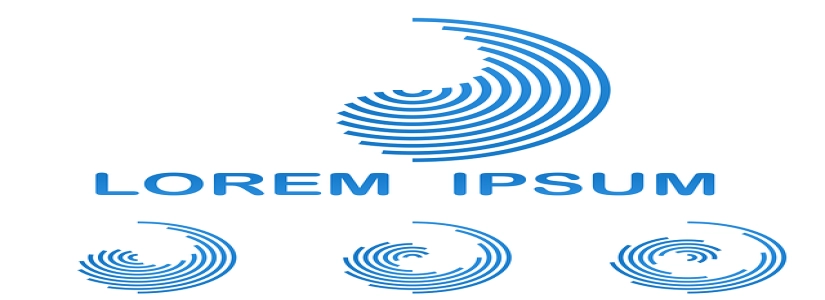品牌公关与舆情管理 英语
Brand PR and Public Opinion Management
I. Introduction
– Definition of Brand PR
– Importance of Brand PR in today’s business environment
– Introduction to Public Opinion Management
– Significance of Public Opinion Management in brand reputation
II. Role of Brand PR in Public Opinion Management
– Building and maintaining a positive brand image
– Enhancing brand credibility and trustworthiness
– Dealing with negative publicity and crisis management
– Engaging with target audience and establishing a strong brand identity
III. Strategies for Effective Brand PR and Public Opinion Management
A. Building a Positive Brand Image
1. Developing a strong brand identity
– Clearly defining brand values and mission statement
– Creating consistent brand messaging across all platforms
– Using visual elements to reinforce brand identity (e.g., logo, colors, typography)
2. Implementing targeted public relations campaigns
– Identifying target audience and their preferences
– Utilizing various media channels (e.g., social media, traditional media) to reach the target audience
– Crafting compelling stories and messages that resonate with the audience
B. Enhancing Brand Credibility and Trustworthiness
1. Establishing thought leadership
– Positioning key executives as industry experts
– Encouraging employees to share their expertise through thought leadership articles, blog posts, and speaking engagements
– Participating in industry events, conferences, and seminars to showcase expertise
2. Building relationships with media and influencers
– Maintaining regular communication with journalists and editors
– Providing accurate and timely information to media outlets
– Collaborating with influencers to amplify brand messages and reach a wider audience
C. Dealing with Negative Publicity and Crisis Management
1. Proactive monitoring of public opinion
– Regularly monitoring social media platforms, online forums, and news websites for mentions of the brand
– Utilizing social listening tools to track brand sentiment and identify potential issues
– Responding promptly and professionally to negative comments or criticisms
2. Developing a crisis communication plan
– Anticipating potential crises and preparing response strategies in advance
– Designating a crisis management team and establishing clear communication channels
– Being transparent and honest during a crisis, taking responsibility for any mistakes and offering solutions
D. Engaging with the Target Audience
1. Leveraging social media platforms
– Creating engaging content that resonates with the target audience
– Encouraging user-generated content and fostering community engagement
– Responding to comments and messages promptly to maintain an active dialogue
2. Conducting surveys and research
– Gathering feedback from customers to understand their perception of the brand
– Using the insights to improve products, services, and overall customer experience
– Demonstrating responsiveness to customer needs and preferences
IV. Conclusion
– Brand PR and Public Opinion Management play a crucial role in maintaining a positive brand image and reputation.
– Implementing effective strategies can help businesses build credibility, navigate crises, and engage with their target audience.
– Continuous monitoring and adaptation are essential to keep up with evolving public opinion and maintain a strong brand presence.








